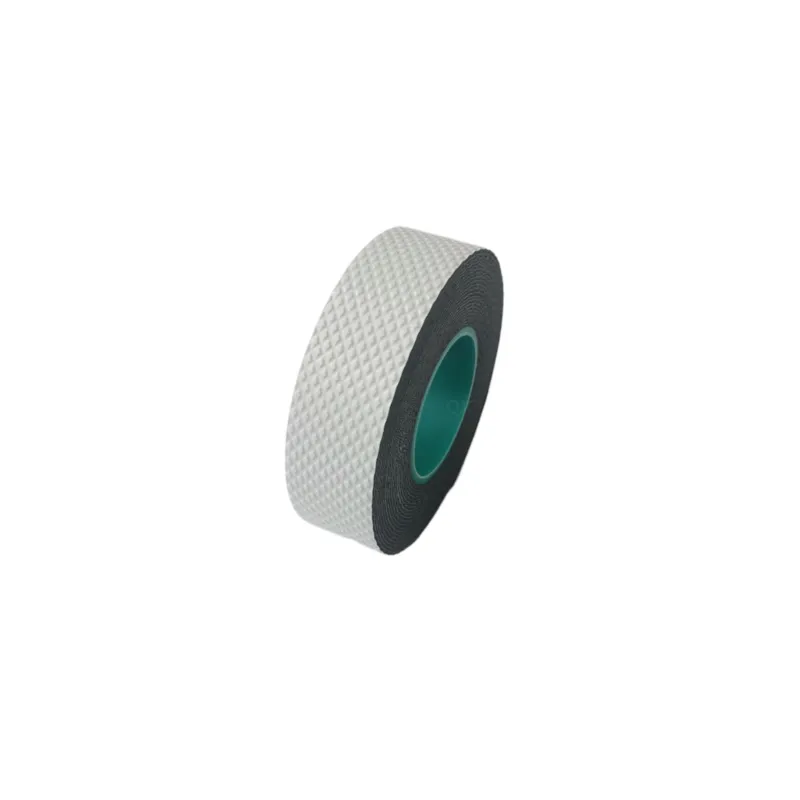Understanding Weather Stripping for Door Seals Enhancing Comfort and Efficiency
Weather stripping is an essential feature for any home, particularly regarding doors. It plays a critical role in sealing gaps that can allow air, moisture, and dust to enter or escape your living space. By understanding the importance of weather stripping for door seals, homeowners can enhance their comfort, energy efficiency, and overall home performance.
What is Weather Stripping?
Weather stripping refers to materials, often made from rubber, foam, or felt, that are applied to the edges of doors and windows to prevent drafts and water intrusion. The primary purpose of this sealing technique is to improve insulation, making your home more energy-efficient. It works by filling the gaps between the door and its frame, ensuring a tight seal when the door is closed.
Why is Weather Stripping Important?
1. Energy Efficiency One of the key benefits of weather stripping is its impact on energy efficiency. Poorly sealed doors can lead to significant heat loss during the winter months and unwanted heat gain during the summer. This can result in increased energy bills as your heating and cooling systems work harder to maintain a comfortable temperature. By installing effective weather stripping, you can reduce your energy consumption and lower your utility costs.
2. Comfort Drafty doors can create uncomfortable living conditions, leading to chilly drafts in the winter and heat in the summer. By using quality weather stripping, you can create a more consistent and comfortable indoor climate, enhancing your overall living experience.
3. Moisture Control Weather stripping helps in preventing water from entering your home, particularly during heavy rain or snow. This is especially important for protecting your flooring and preventing mold growth. A well-sealed door ensures that moisture stays outside, contributing to a healthier indoor environment.
4. Noise Reduction Apart from temperature and moisture control, weather stripping can also act as a barrier against noise. It helps in reducing the amount of sound that enters or exits your home, creating a quieter and more peaceful living space.
Types of Weather Stripping
There are several types of weather stripping materials available, each suitable for different applications
weather stripping door seal strip

1. V-strip This is a flexible strip that can be used for sealing gaps along the sides of doors. It is recognized for its durability and ease of installation.
2. Foam tape This type is made from compressible foam and can be easily cut to size. It is ideal for smaller gaps and provides good insulation.
3. Rubber or vinyl These materials are robust and offer excellent sealing properties. They are best for exterior doors as they can withstand harsh weather conditions.
4. Felt strips While not as durable as rubber or foam options, felt strips are inexpensive and effective for reducing drafts.
Installation Tips
Installing weather stripping is a straightforward DIY project that most homeowners can handle. Here are a few tips to consider
1. Clean the Surface Before applying new weather stripping, make sure the surface of the door frame is clean and free from dust and old adhesive.
2. Measure Accurately Measure the size of the gaps to ensure you purchase the right amount of material.
3. Follow Instructions Each type of weather stripping may have specific installation instructions, so be sure to follow them carefully for the best results.
Conclusion
In summary, weather stripping for door seals is a simple yet highly effective investment that can significantly improve your home's energy efficiency, comfort, and overall quality. Whether you choose rubber, foam, or felt strips, sealing those gaps can lead to substantial benefits in terms of both savings and comfort. Taking the time to address this often-overlooked aspect of your home can lead to a more enjoyable living environment.
-
XIANGFAN Rubber Tape-Ultimate Solutions for All Your Insulation NeedsNewsJun.24,2025
-
XIANGFAN Rubber Tape-Protection for Industrial and Residential ApplicationsNewsJun.24,2025
-
XIANGFAN Rubber Tape: Superior Safety and Sealing for Demanding EnvironmentsNewsJun.24,2025
-
XIANGFAN Rubber Tape: Reliable Solutions for Every Electrical ChallengeNewsJun.24,2025
-
XIANGFAN Electrical & Industrial Tape: Powering Reliability Across IndustriesNewsJun.24,2025
-
XIANGFAN Electrical & Industrial Tape: Excellence in Every ApplicationNewsJun.24,2025
